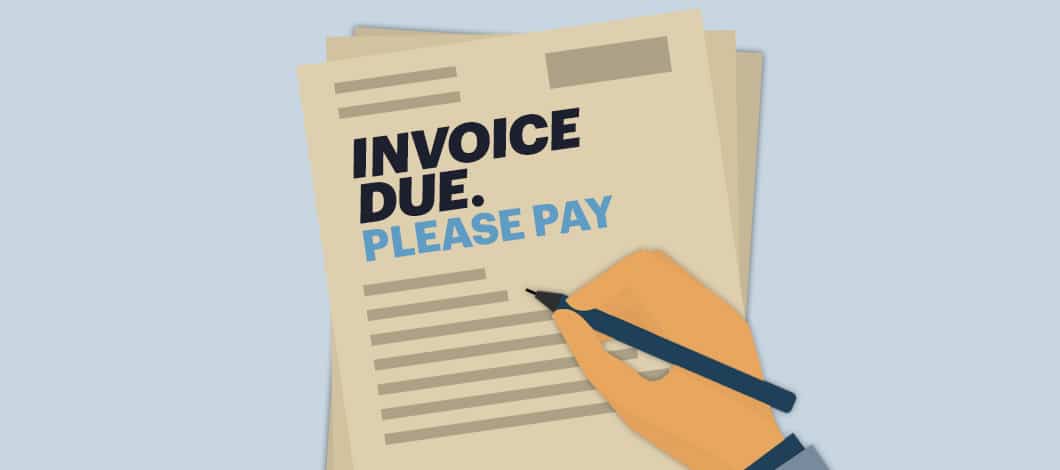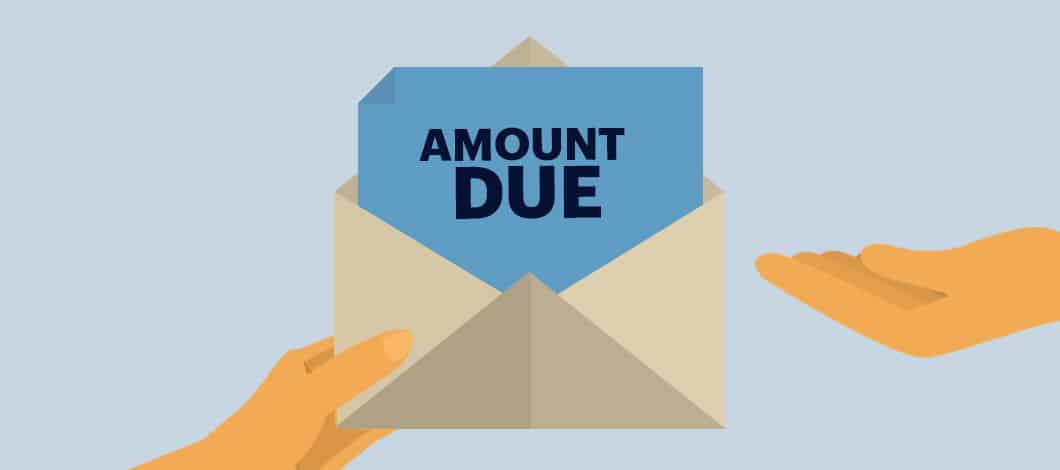Knowing how to write a demand letter for payment can help you collect money without incurring legal fees.
Here’s how to do it. Learn what a demand letter is, what its advantages are, when you should use one, how to write one and what happens after you send it.
What Is a Demand Letter?
A demand letter is a formal written notice insisting upon some action or cessation of action, such as payment of debt (such as a demand letter for unpaid invoices) or fulfillment of some other obligation such as delivery of goods or services (for example, a letter to a contractor to finish work).
When notifying the recipient of a payment obligation, a demand letter may be referred to as a demand for payment letter or similar names.
Demand letters typically include:
- A statement of what type of harm the sender has suffered, such as failure to receive money owed or breach of a business contract for goods or services
- A demand for restitution, such as payment
- A deadline for restitution to take place
- Notification of what action will be taken if the demand is not met, such as collection action or court action
Demand letters are often sent in the hope of settling a dispute out of court or to provide documentation in anticipation of court action. They may be written by the individual making the demand or by their attorney.
What Are the Advantages of Sending a Demand Letter for Payment?
Sending a demand letter can provide a number of advantages for the sender:
- Writing a demand letter can help you organize your thoughts on how to proceed with the situation
- A demand letter may persuade the recipient that they would be better off paying what they owe or fulfilling their debt obligation than going through an expensive legal process, saving both them and you money and hassle
- In some industries, such as construction where federally mandated Prompt Payment regulations apply, sending a demand letter may invoke legal payment deadlines, pressuring parties to pay you more promptly
- If a dispute does go to court, a demand letter provides documentation that you informed the other party of their obligation and gave them a reasonable opportunity to fulfill it
- In some situations, you may be required to send a demand letter before you can claim legal damages
Hiring a debt collection agency or pursuing a business lawsuit can be expensive. In most cases, it’s in your best interests to send a demand letter first.

When Should You Use a Payment Demand Letter?
A demand letter for payment isn’t a first resort, but a step to be taken after normal payment collection methods have failed.
Before sending a payment demand letter, you should consider factors such as:
- Have you made reasonable efforts to collect payment, such as sending reminders, extending a payment deadline or making payment arrangements?
- Can you document the debt you’re owed?
- Is this a client you want to remain on good terms with in the future?
- If the recipient fails to respond to your demand letter, can you afford follow-up debt collection or legal action?
- If you have to resort to debt collection or legal action, are you likely to recover what you’re owed?
- Are you legally required to send a demand letter before initiating legal action?
You may wish to review these types of issues in consultation with an attorney before sending a demand letter.
How Do You Write a Strong Demand Letter for Payment?
A demand for payment letter typically includes a few key components:
- A header identifying the date, sender and addressee
- An announcement that you are sending this letter to demand payment
- A summary of the facts of the situation, explaining why you’re sending a demand letter, such as what services you rendered which you’re owed payment for
- A statement of the amount you’re owed or what action you expect the recipient to take
- A deadline for receiving a response
- Notification of what action you intend to take if the deadline passes without a satisfactory response
- Your signature
- An indication below your signature of anyone receiving copies of the letter, such as your attorney
- Any attachments with supporting documentation, such as invoices
Demand letters should be factually oriented, short and to the point. Avoid emotional language or personal attacks, which can make it more difficult to negotiate a solution and can weaken your case in court. Demand letters written in the U.S. must comply with the Fair Debt Collection Practices Act, which forbids abusive or deceptive action such as using obscene language or threatening action which can’t be legally taken.
You can write a demand letter yourself by following a demand for payment letter template. Or you can hire a professional writer or attorney to draft one for you. If your case goes to court, keep a copy of your letter and send it via certified mail with a return receipt requested.
Sample Demand Letter for Payment
To illustrate how to write a letter demanding payment, here’s a sample demand letter for payment of services rendered.
Demand for Payment Letter Template
[Sender’s contact information]
[Date]
[Recipient’s contact information]
AMOUNT DUE: [$]
THIS IS AN ATTEMPT TO COLLECT A DEBT
Dear [recipient]:
You currently have an outstanding balance with us in the amount of [$].
This balance was incurred from [describe services rendered] performed on [date services were rendered]. Our previous attempts to collect payment on [date] have been unsuccessful.
To resolve this matter, we offer you the following payment options (check which option you accept):
- Full amount of [$] due by [date]
- Discounted amount of [$] if paid by [date]
- Installment payments of [$] per month for [number] months starting [date]
Your response to this letter is required by [date] to avoid debt collection action, including but not limited to transfer of your debt to a collection agency and legal proceedings to recover debt.
This demand letter serves as official notice to you and may be introduced in court as evidence of your failure to pay. If legal action becomes necessary, you may be required to pay attorney’s fees, and your credit score may be impacted.
To avoid further action, please respond in writing by [date] to:
[Sender’s contact information]
Sincerely,
[Signature]

What Happens After You Send a Demand Letter?
After you send a demand-for-payment letter, a few things can happen:
- In a best-case scenario, the recipient responds and pays what they owe you
- Then again, the recipient may fail to respond
- Or the recipient may respond with a letter disputing your claim, called a denial letter
- The recipient may respond with a counterclaim charging you with some wrongdoing
If the recipient fails to respond, you may need to take whatever follow-up steps your letter notified them you would take, whether this involves hiring a collection agency or initiating court proceedings. Consider consulting an attorney about your most prudent course of action.
If the recipient disputes your claim, this may open up an opportunity for discussion and negotiation. Use documentation to substantiate your claim, and be prepared to produce support of your claim in court.
If the recipient responds with a counterclaim, be prepared to defend yourself with facts and documentation. You may wish to consult an attorney.
Use a Demand Letter to Collect Your Money Without Court Action
A demand letter is a formal written notice insisting that the receiving party pay their debt or fulfill some other obligation. You can use a demand-of-payment letter to persuade a client who owes you money that it would be less expensive for them to pay what they owe than to go to court. Before sending a demand letter, normally you should make a reasonable effort to collect payment through standard means.
A demand for payment letter should concisely summarize why you’re sending it, what you’re owed, when you expect payment by and what action you will take if payment is not forthcoming. For documentation, keep a copy of your demand letter and send it by certified mail with a return receipt requested.
If you aren’t sure whether you should send a demand letter or how you should word it, consider consulting an attorney. Be prepared to receive a response and take appropriate follow-up action.










